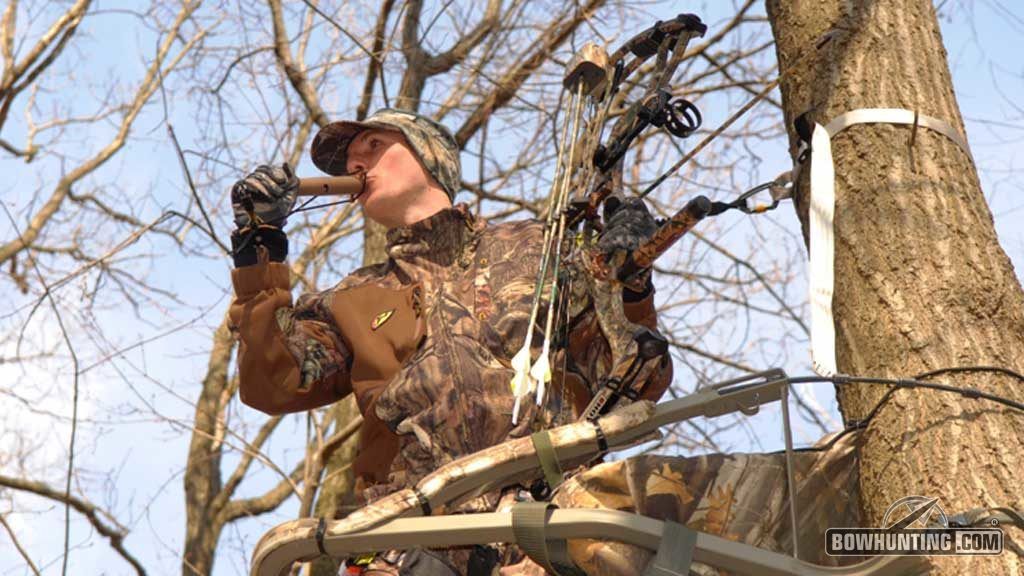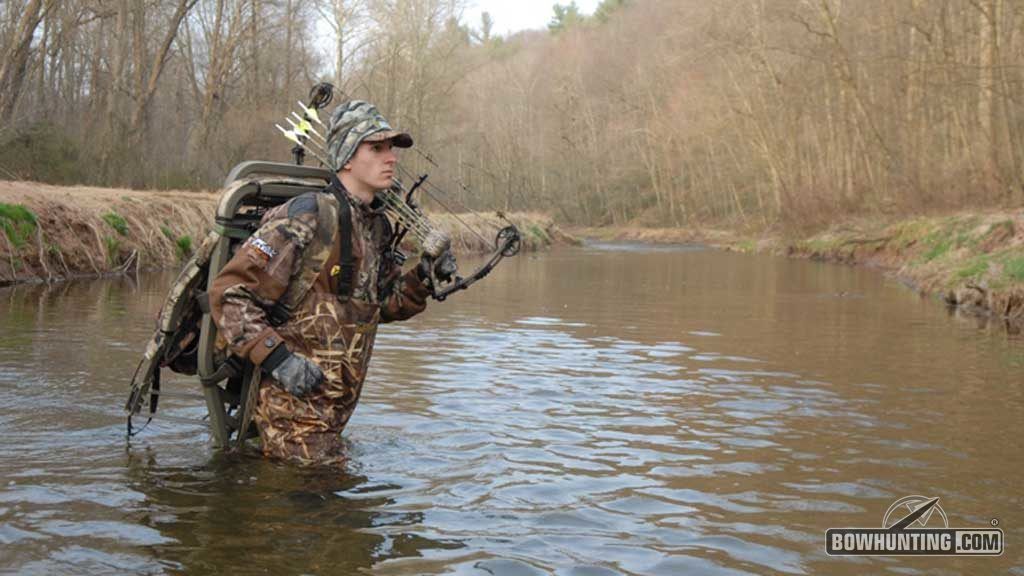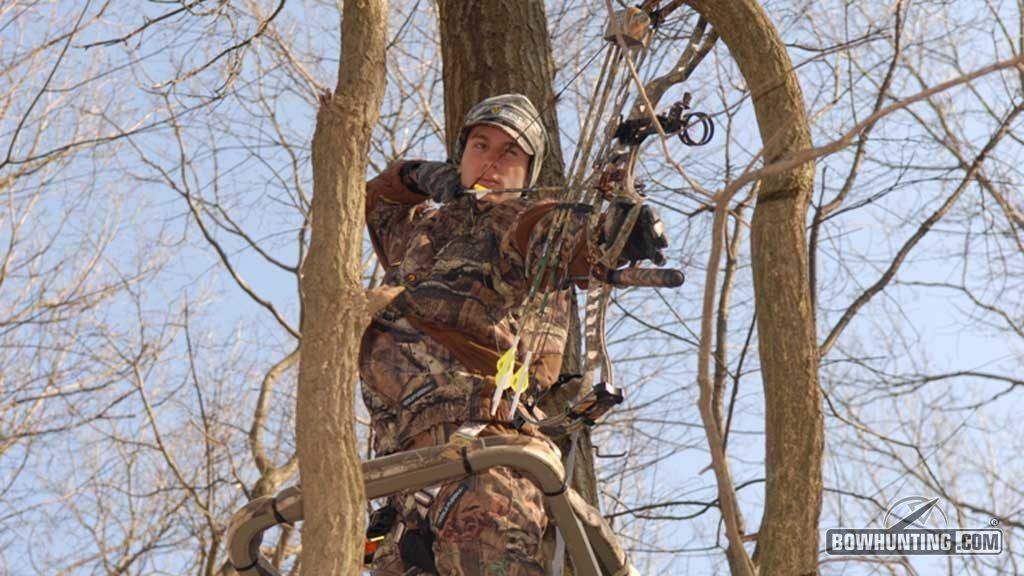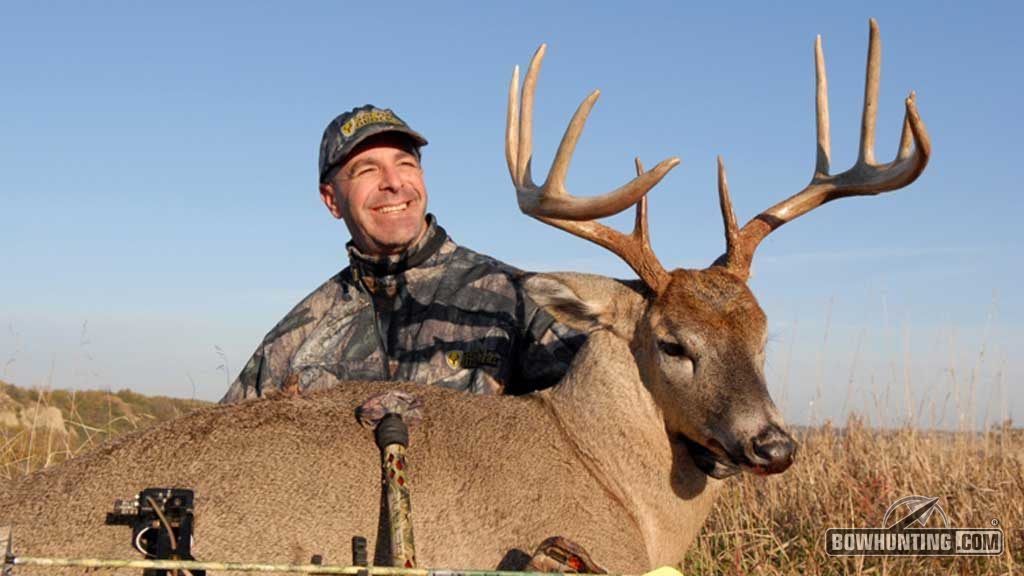The rut’s over and you’ve still got a buck tag in your pocket. What do you do now? Should you just put some mustard on that tag and slap it between two slices of bread? Is it time to call it a season and hang up the tree stand until next fall?
Heck no!
There’s plenty of hunting left to do, and some of it can be pretty darn awesome.
For starters, when people say, “The rut is over,” they’re basically talking about the month-long time period that is traditionally considered to be the primary breeding season. Well, not all the does in the territory were bred during that time. And so some will come into heat again 28 days after the first time they were ready.
LOVE IS IN THE AIR
You can bet your life the mature bucks in the area will be ready to go when the unbred does come into heat again. Odds are you know about when the peak breeding season is in your hunting area. Count ahead 28 days from that time and plan on hunting your favorite doe haunts. It only takes the estrus from one doe to bring the bucks running.
Calls. Scents. Rattling. Decoys. You can do pretty much everything you did during the peak rut to try to lure in a responsive, lovesick buck during what some hunters call the second rut.

Calling still works in the late-season but you’ll have to be on your A game. Deer have likely seen and heard it all by the time December rolls around.
Understand something, though. The bucks that are left out there have survived a full fall of archery and gun hunting. When estrus is in the air, those bucks will make mistakes, but they probably won’t be as foolhardy as they were a month ago. That means you’ve got to be on your A-game. Scent control, noise discipline, moving at the right time – you’ve got to get all these things right to be successful.
HUNT THE CAFETERIA
Food is going to become a priority for post-rut bucks. They know they’re run down from chasing tails the past month or so. And they also know the toughest days of the year are directly ahead – frigid temperatures, poor cover and diminishing food.
If you’re a food-plot fan, hopefully you planted some turnips or brassicas. Or maybe you’ve got some standing corn or soybeans left on your hunting property. Where legal, maybe you’ve got some supplemental feeding stations. All of these are sure to be hot gathering spots for the local deer.
Big woods hunters have to do a little more work. If you can find an oak tree or oak grove that’s still got nuts around it, you’ve struck gold. Acorns have a very high fat content, which is perfect fuel for frigid bucks.
Short of acorns, you’re going to have to find the preferred browse in your area. This food varies from place to place. The deer know what they like, and so it’s up to you to figure out what that is in the woods where you hunt.
If hunting over food is your plan, stick to afternoon hunts. It’s tough to get into a food-source stand or blind when there are deer on it, and that’s what you’re likely to find when you head out in the dark for a morning hunt. Let the deer move to their beds – they will return to predictable bedding and feeding cycles after the rut – and then you can slip in to your stand to wait for them to return to feed in the afternoon.

You’ll have to change your tactics up a bit when hunting high pressured bucks in the late season.
GET IN THICK
The bedding cover you focused on back in September might be in a sad state by the time the rut is over. Leaf-out can turn a thick patch of brush into the worst hiding spot in the woods. Again, you have to adjust to figure out what’s the preferred bedding and security cover in your area at this time of year.
Once you do that, then you can employ the time-tested tactic of hanging stands or positioning blinds along trails leading into and out of that cover. Setting up in that cover with the deer is ideal, if you can pull it off without spooking the resident animals into the next county. If you think you’ll spook deer, then stay out. It’s better to let the deer feel safe and to hunt the edges of security cover then to send those deer to the neighbor.

Get into the thick of things for post-rut bucks and you just might find yourself at full draw on your best buck of the year.
BE A WEATHER HAWK
Watch the weather closely. When you see a winter storm is coming, get out and hunt. Such patterns this time of year is certain to get the deer on their feet to feed.
Conversely, the day after nasty weather hits probably isn’t the best time to be on stand. Give the deer a day or two, and they’ll return to their normal routines.
DARE TO BE DIFFERENT
In areas where there is substantial hunting pressure, the hunter who thinks outside the box is the one that’s going to score. Obviously, the local hunters aren’t going to kill every deer in the area. But if you head out to your favorite fall spot after the rut, it might seem like the herd got wiped out.
Rest assured, some deer survived. Where did they go? That’s the million-dollar question. No matter where you hunt in North America, the answer to that question is the same: the deer will go to wherever they can find safety.
Now that might be property that’s off-limits to hunting. Such places notoriously fill up with deer after the rut. But they also might head to huntable ground that’s universally overlooked by hunters. Look for places that are very hard to reach, such as rugged mountaintops, steep sidehills or valleys that are more than 1 mile from any road or trail.
You should also check out ugly spots that you know hunters walk by. Maybe there’s a nasty briar patch behind a shopping center, or a thin fencerow out in the middle of a farm field. No place isn’t worth checking out after the rut. One of my favorite late-season spots is a 1-acre patch of scrub out in the middle of a field where I hunt. I wouldn’t spend 5 minutes there before the rut, but afterward is a different story.

The author has taken some of his best bucks when taking advantage of post-rut hunting opportunities.
NEVER GIVE UP
Perhaps the number-one tip I would give someone looking to fill a tag after the rut is to keep at it. As long as the season is in, you’ve got a chance. It can be hard to stay motivated this late in the season, especially when it’s nasty outside and there’s a warm fire and a good football game on inside. But fortune can change in the blink of an eye. And you have to show up to collect your prize.

 By
By 



